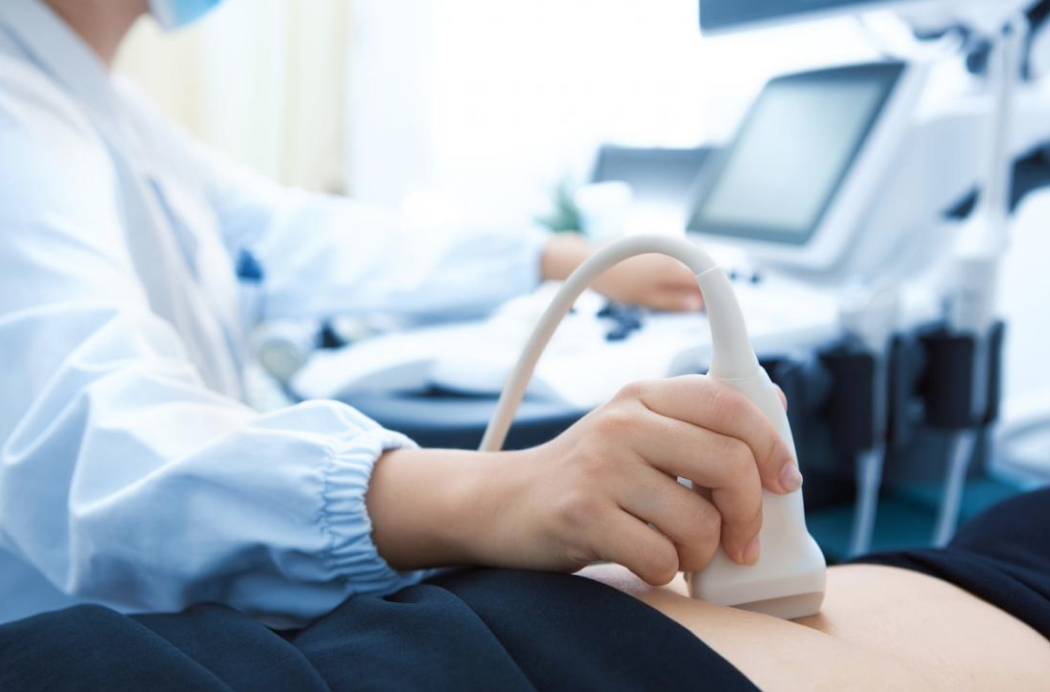Menopause officially happens when a woman does not get her period for one whole year.
This usually occurs at the average age of 45 to 55 years old.
It is time to finally embrace life without the hassle of monthly periods. This, however, gets disrupted for some women, as some menopausal women may suddenly experience vaginal bleeding again.

Is this supposed to happen? Did your periods suddenly decide to return after a few years of menopause?
The answer is no. Vaginal bleeding after menopause is NEVER normal, and should always be evaluated by your doctor!
What Are The Possible Causes Of Post-Menopausal Bleeding
Vaginal bleeding after menopause is also known as post-menopausal bleeding.
The 2 main causes of Post Menopausal Bleeding are:
1. Atrophic Vaginitis

The term atrophic vaginitis simply refers to vaginal dryness, which is commonly experienced by women after menopause.
This is the most common reason behind most cases of post-menopausal bleeding.
This is due to the low levels of female hormones in the body.
Atrophic vaginitis usually causes light spotting, or even bleeding after sexual intercourse.
2. Womb Or Cervical Cancer

Before we can attribute the bleeding to just vaginal dryness, we need to first make sure that we rule out the possibility of womb or cervical cancer first!
Womb cancer is generally more common in post-menopausal women, and a common presenting symptom would be abnormal bleeding after menopause.
This is even more worrying especially if the amount of bleeding experienced is significant.
Cervical cancer can be prevented or detected early by going for regular PAP smears every 3 years.
How Is Post-Menopausal Bleeding Investigated?
1. History and Physical Examination

Your doctor will get a more thorough history regarding your symptoms and also conduct a vaginal examination to visualize the cervix for any visible abnormalities.
2. PAP Smear

Having an up-to-date PAP smear is an important screening tool for cervical cancer. Your doctor may perform a PAP smear if no recent one has been done yet.
A PAP smear with HPV co-testing is usually the recommended modality of test for better accuracy.
3. Ultrasound Pelvis

An ultrasound pelvis will be done to mainly evaluate the thickness of the womb lining; this will give us an idea of the likelihood of womb cancer being the cause of the bleeding.
The scan will also be able to look for any abnormal polyps or masses in the womb, cervix or ovaries.
A lining thicker than 4mm should ideally be investigated.
4. Biopsy Of Womb Lining

Getting a biopsy of the womb lining would be a definitive way to get a histological diagnosis of whether there are abnormal or cancerous cells or not.
This is an important step in ruling out the presence of womb cancer.
A biopsy can be done via a bedside sampling procedure, or through a minor surgery known as a dilatation and curettage.
What Should I Do Next?
Managing post-menopausal bleeding will largely depend on the cause behind it.
If the cause is vaginal dryness, then topical estrogens or lubricants can be useful.
If however, the bleeding is due to underlying malignancy, then further management by a Gynae-oncologist is required.









